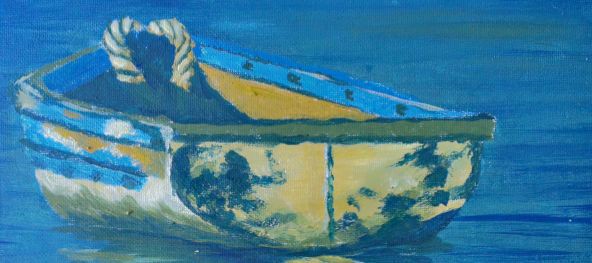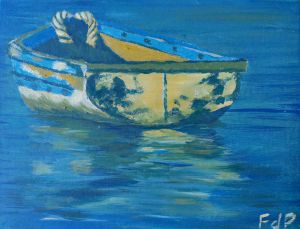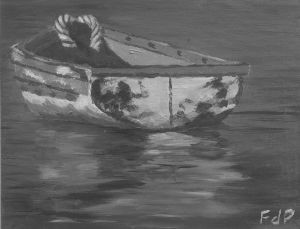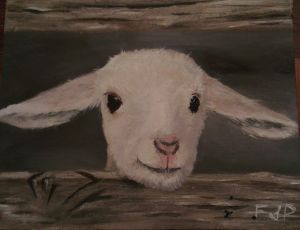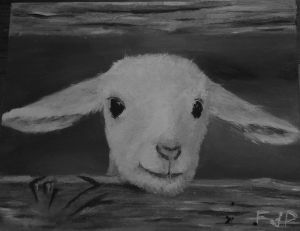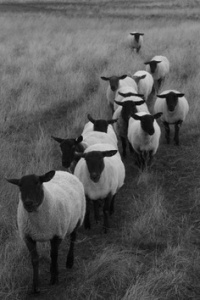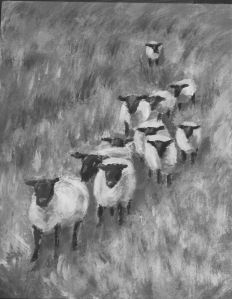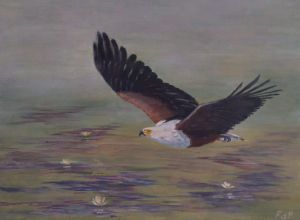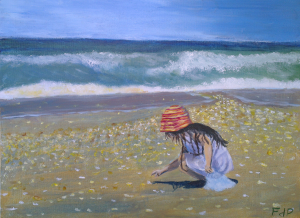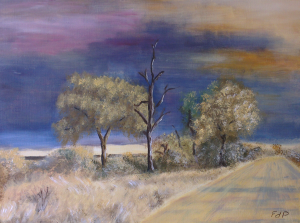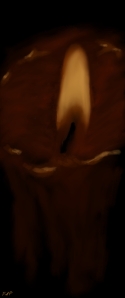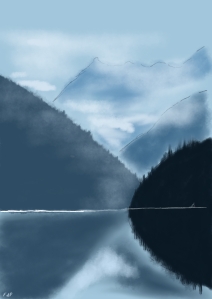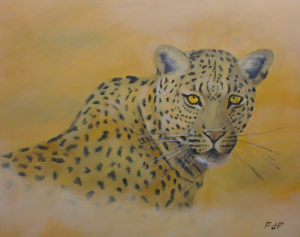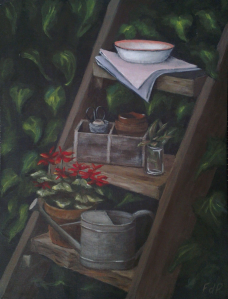One of the aspects highlighted in the Colour Course by Richard Robinson is the proper use of colour and the utilization of a limited palette consisting of complementary colours. I decided to do a study in a limited palette and the result was one of my most satisfactory paintings to date. It was done on a small 8″ x 11″ hardboard and I will definitely consider putting this on a proper canvas.
I made use of yellow ocre and ultramarine as the base colours with a little titanium white being used in places. The aim of the study was to see that, if two complementary colours (the yellow ocre and the ultramarine) are added, a greyish colour is obtained. Adding more of the dark colour will push this grey towards the lower (darker) values and adding more of the lighter colour (the ocre) will push it towards the higher (lighter) values. It was difficult sticking to the strict value scales while experimenting with the limited palette, but I did explicitly plan towards specific values as spread through the painting.
This was the first painting that I did that I felt was really lifelike, even if being done with a limited palette. The values feel strong (as supported by the grey-scale version of the photo) and the lights feel really life-like. The photo does not tell the true story since the colour is washed out in the photo, but something in this story “just works”. I think it is the movement in the water and the light on the rope that is making the painting believable.
I start to get the impression that I am better at painting “dead things” than “living things”.
